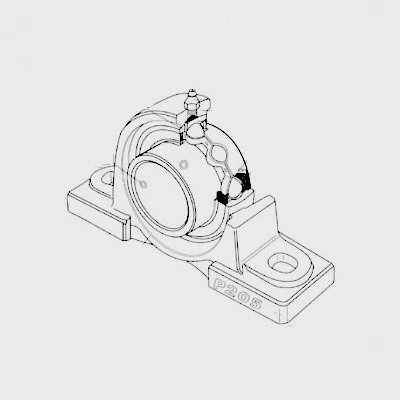
9 月 . 26, 2024 02:50 Back to list
Understanding Taper Roller Bearing Shims and Their Importance in Machinery Performance
Understanding Taper Roller Bearing Shims Importance and Applications
Taper roller bearings are widely used in various machinery and automotive applications due to their ability to handle both radial and axial loads. One significant component that plays a crucial role in their performance is the shim. This article delves into what taper roller bearing shims are, their importance, and their applications.
What are Taper Roller Bearing Shims?
Shims are thin pieces of material used to create a small gap or space between components, allowing for better alignment, adjustment, or spacing. In the context of taper roller bearings, shims serve to fine-tune the axial clearance and accommodate variations in manufacturing tolerances. They can be made from various materials, including metals, plastics, or composites, depending on the application requirements and operating conditions.
Importance of Shims in Taper Roller Bearings
1. Optimal Clearance One of the primary functions of shims is to ensure the appropriate axial clearance in taper roller bearings. Proper clearance is essential for minimizing wear, reducing friction, and preventing overheating. Too much clearance can lead to a loss of load-carrying capacity, while too little can cause excessive heat generation and premature failure.
2. Alignment and Stability Shims help in achieving precise alignment of the bearing assemblies. This alignment is critical for maintaining stability during operation, especially in high-speed applications. Misalignment can result in uneven wear patterns and lead to catastrophic bearing failure.
3. Compensation for Wear Over time, taper roller bearings can experience wear, which may alter their operational characteristics. Shims provide a simple solution to compensate for this wear, extending the life of both the bearing and the associated machinery.
4. Ease of Adjustment The use of shims allows for easy adjustment during the assembly process. Technicians can quickly add or remove shims to achieve the desired clearance without needing to replace the entire bearing assembly. This flexibility can be particularly advantageous in maintenance scenarios.
taper roller bearing shims

Applications of Taper Roller Bearing Shims
Taper roller bearing shims find applications in various industries, including
1. Automotive In vehicles, these bearings are commonly found in wheel hubs, transmission systems, and differential lockers. Shims are used to adjust the bearing clearances for optimal performance and longevity.
2. Industrial Machinery Machines such as lathes, milling machines, and conveyor systems often employ taper roller bearings for their ability to handle heavy loads. Shims are essential for ensuring these bearings operate efficiently under demanding conditions.
3. Aerospace The aerospace industry utilizes taper roller bearings in critical flight control surfaces and landing gear. Precise adjustments made possible by shims are vital for safety and reliability.
4. Construction Equipment Heavy machinery, such as excavators and bulldozers, rely on taper roller bearings for stability and load-bearing capabilities. Shims help maintain performance standards in these rugged environments.
Conclusion
In summary, taper roller bearing shims may seem like small, simple components, but their impact on machinery performance and longevity is significant. By providing optimal clearance, ensuring alignment, compensating for wear, and allowing for easy adjustments, shims play an essential role in the efficient operation of various applications. As machinery continues to evolve and operate under more demanding conditions, the importance of these unassuming components will only increase.
Latest news
-
Unlocking Efficiency with Spherical Roller Bearings
NewsOct.29,2024
-
The Ultimate Guide to Thrust Ball Bearings
NewsOct.29,2024
-
The Power of Thrust Roller Bearings: Engineered for Excellence
NewsOct.29,2024
-
The Power of Deep Groove Ball Bearings for Your Application Needs!
NewsOct.29,2024
-
The Power and Performance of Cylindrical Roller Bearings
NewsOct.29,2024
-
High-Quality Ball Bearing Manufacturing Machines
NewsOct.29,2024
